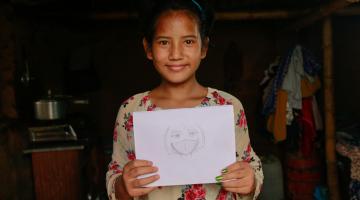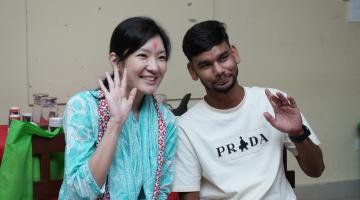Culture, Food and Traditions in Sri Lanka
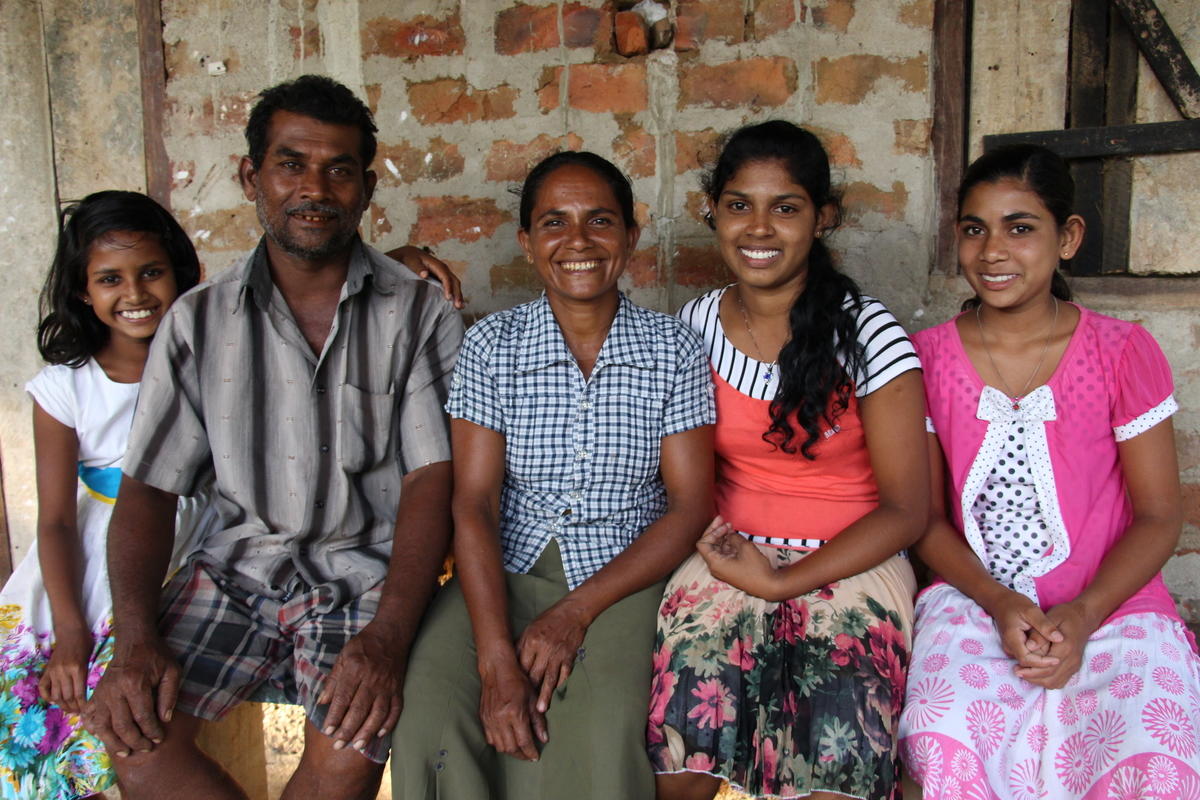
Demographics:
Sri Lanka has a population of 21.4 million. The 2 major ethnic groups that can be found in Sri Lanka are the Sinhalese (making up 75% of the total population) and the Sri Lanka Tamils (only making up 11.9% of the population). Infant mortality is lower in Sri Lanka than neighbouring countries and many say part of the reason is that Sri Lankans tend to eat a diet rich in fruit and vegetables.
Greetings:
It is respectful to greet the eldest first and use the correct titles when referring to acquaintances. In Sri Lanka, the traditional greeting is to press the palms of one’s hands together under the chin while slightly bowing the head, accompanied with the phrase “Vannakkam” (in Tamil) or “Ayubowan” (in Sinhalese) which means “May you be blessed with long life”.
Traditional costumes:
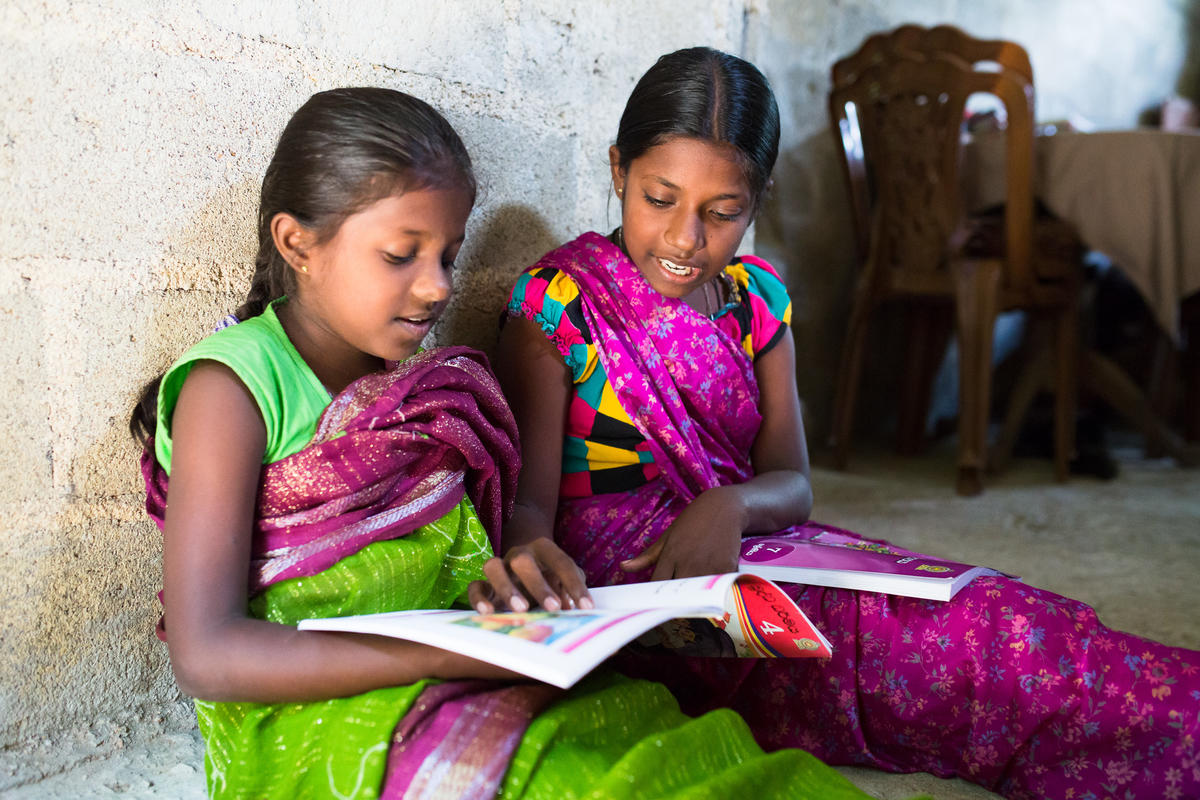
Local girls in a Sari
There is no official national costume for locals in Sri Lanka, but traditionally, men wear a sarong paired with a shirt while women wear a sari like the girls in the photo.
Days of celebration:
In Sri Lanka, there are many religious-related festivals, especially those of Buddhism and Hinduism. Amongst those festivals, some of the more unique festivals are Vesak Poya (Festival of Lights) and Maha Shivarathri (Festival of Shiva). Vesak Poya is a triple celebration of Buddha- the day Buddha was born, found enlightenment, and passed away, and every home hangs white paper lanterns. Maha Shivarathri is the celebration of the Hindu god - Shiva- and devotees usually take a purification bath at dawn and fast all day.
Local food:
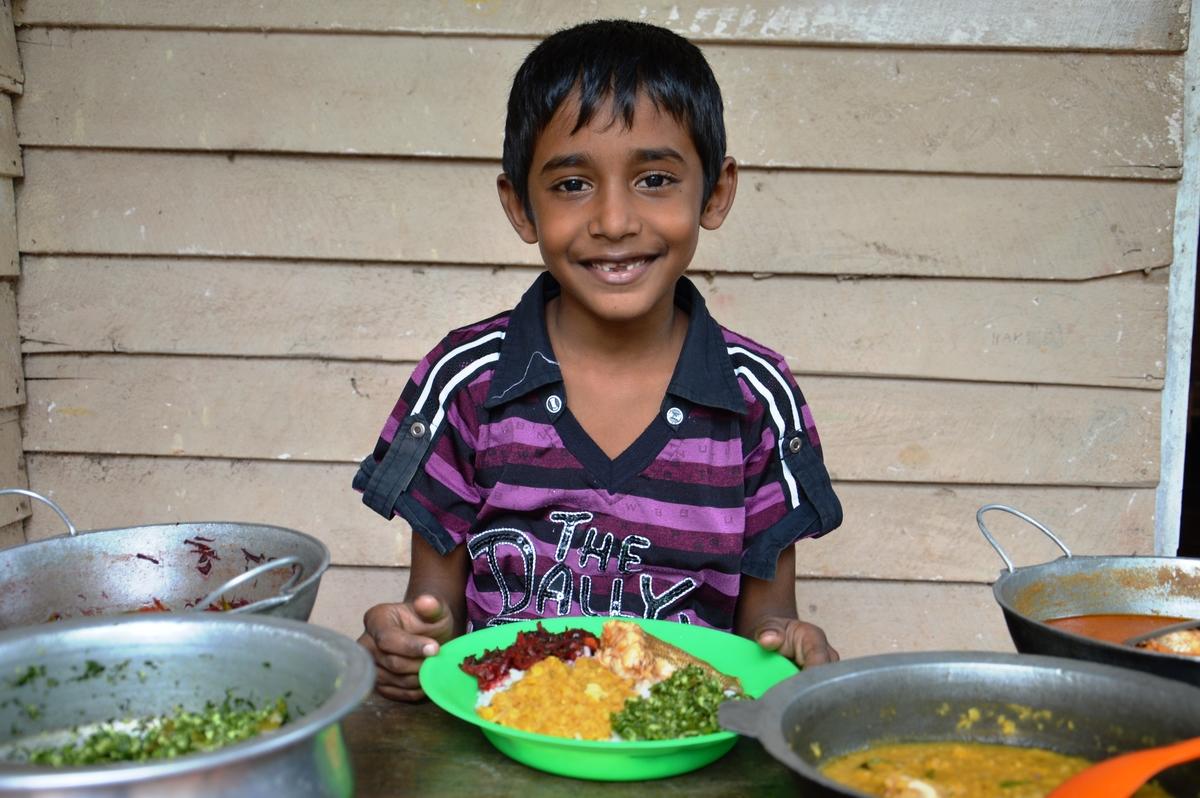
A child with his lunch of green vegetables, beetroot, dhal (lentil) curry, rice and fish curry.
As Sri Lanka is a tropical island with an abundance of vegetation, the cuisine is known for the vast array of herbs, spices and vegetables. Some unique dishes are Polos (green jackfruit curry), made with jackfruit, spices, pandan leaves and coconut milk, and Kiribath which is made a special type of rice cooked with thick coconut milk and often served during auspicious occasions.
Fast Facts:
- Men generally do not touch women out of respect as there is a tendency to view women to be sacred.
- Eating all the food on your plate indicates that you are still hungry, hence leave a small serving of food behind if you do not want a second serving.
World Vision empowers children and their communities through Child Sponsorship. We reach one new person with clean water every 10 seconds and three more schools every day with clean water.
Learn about the culture, food and traditions of other countries we are supporting
Bangladesh | Cambodia | China | Ethiopia | Indonesia | Jerusalem-West Bank | Mongolia | Myanmar | Nepal | Philippines | Sri Lanka | Thailand | Vietnam | Zambia
